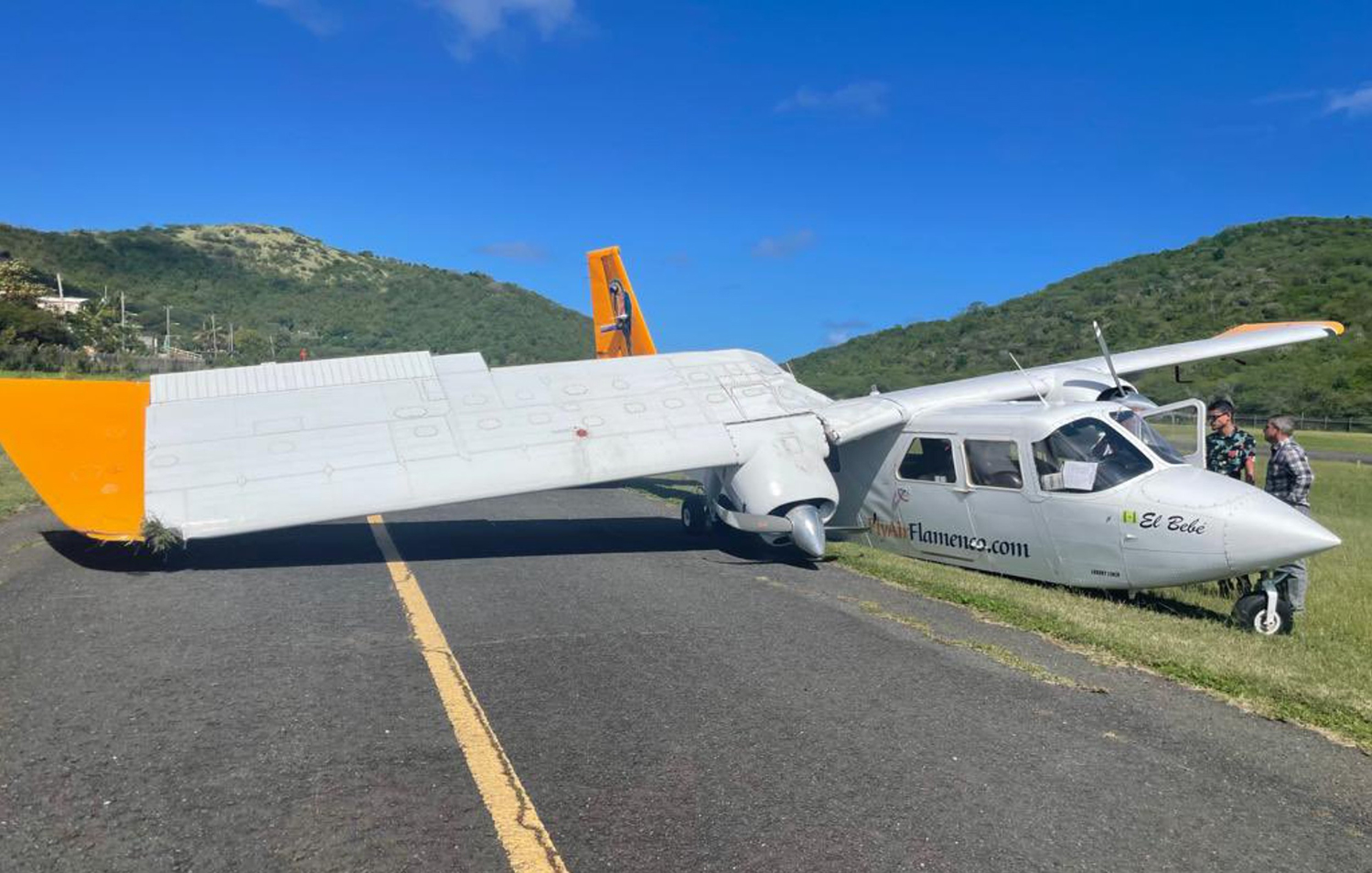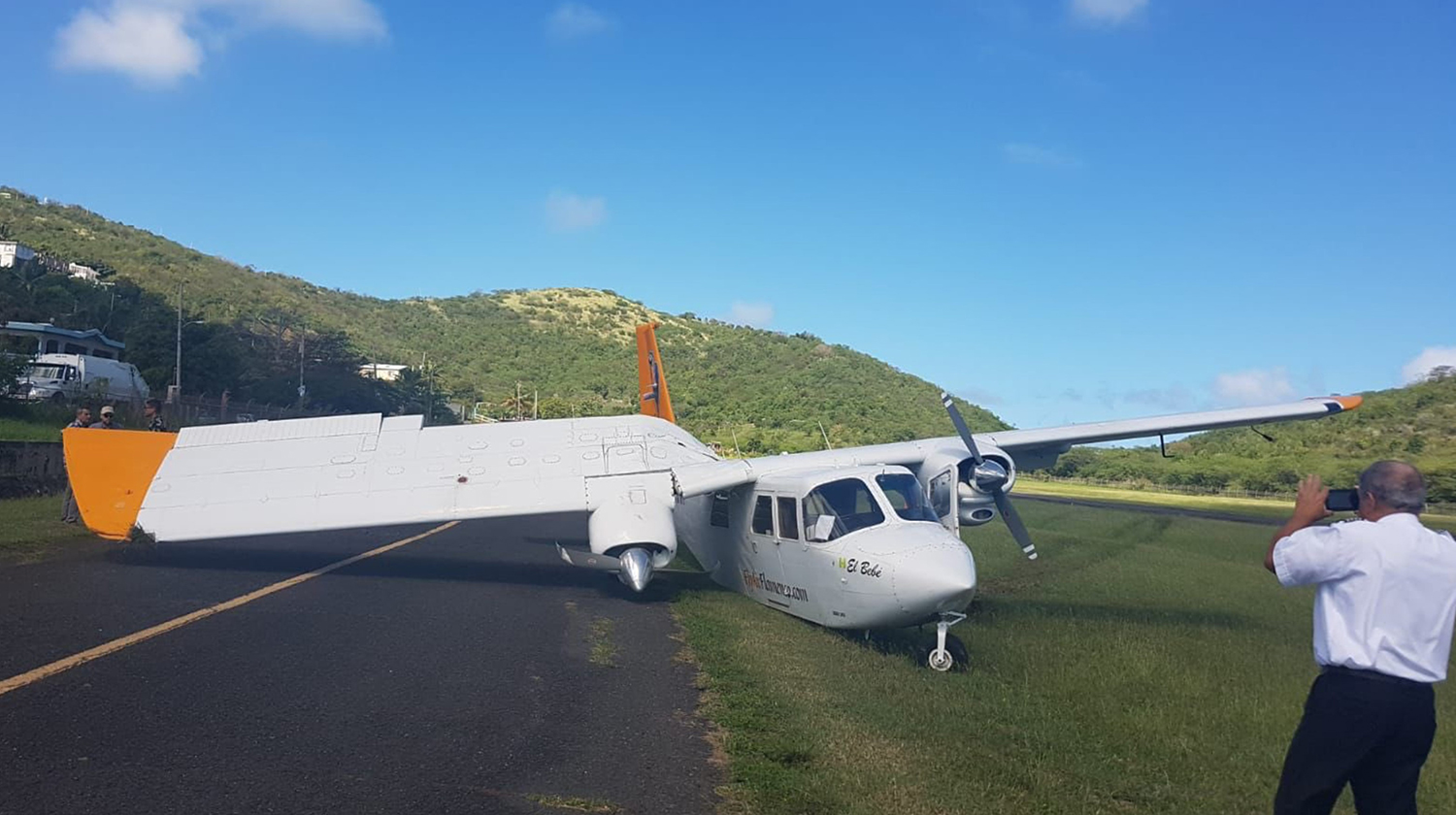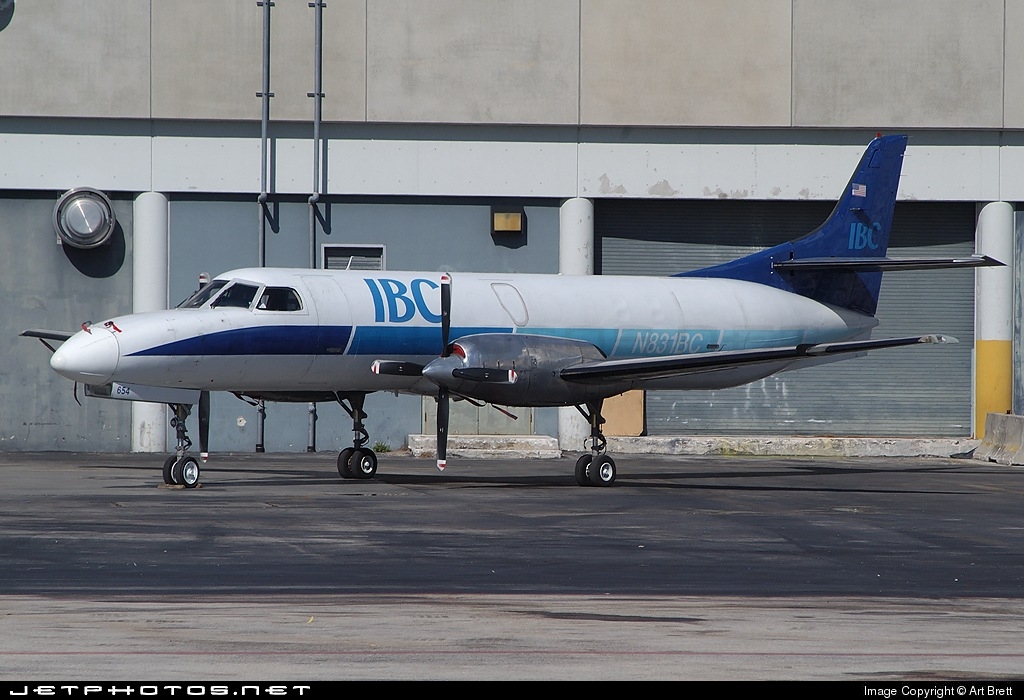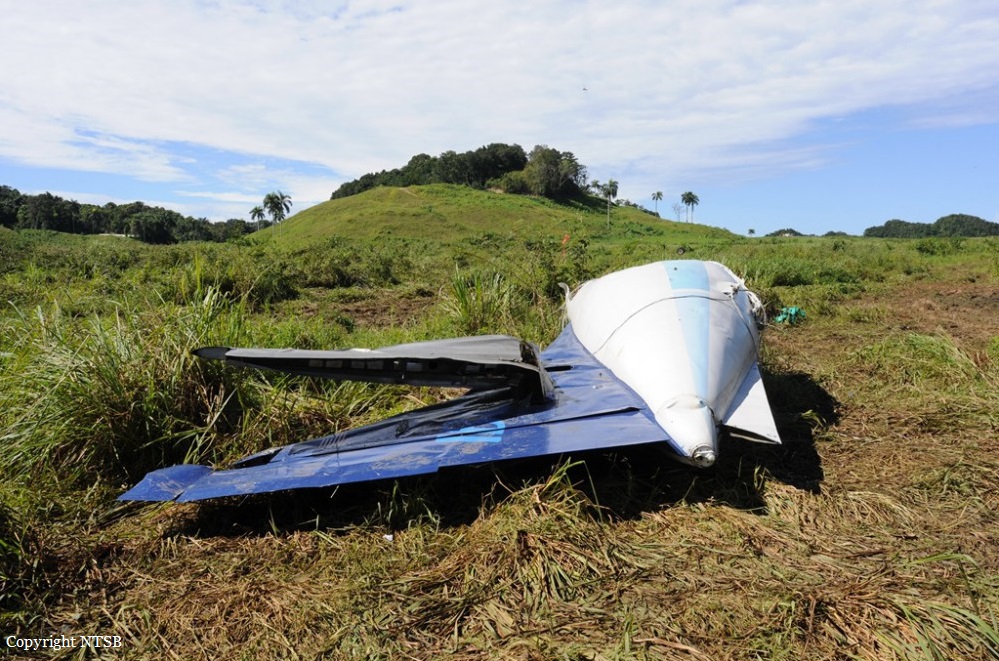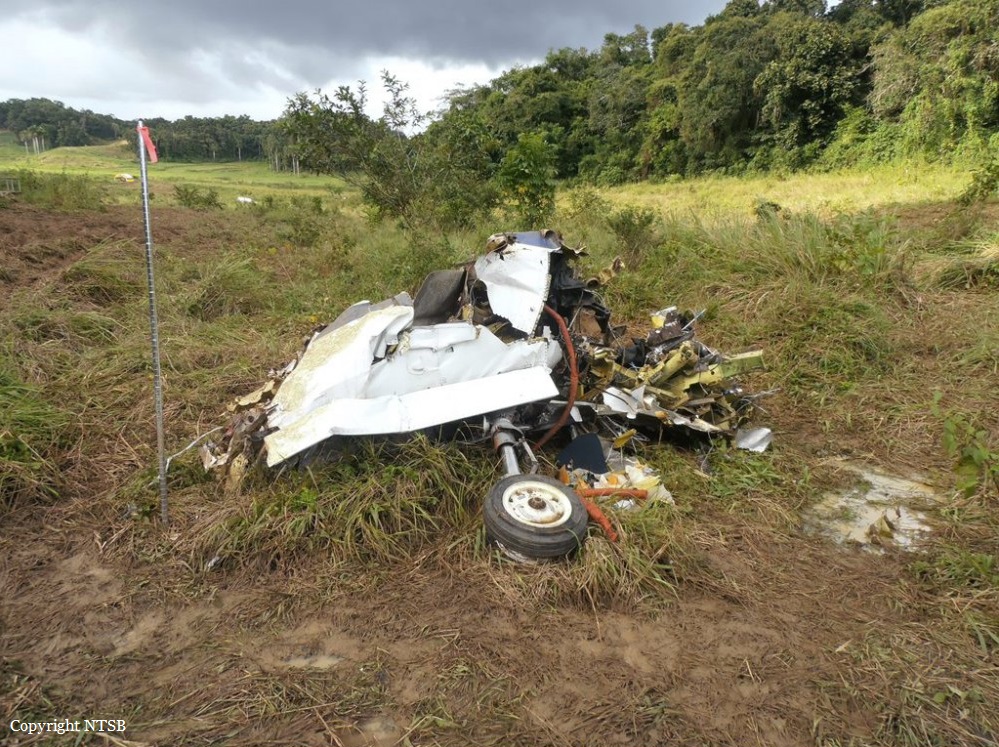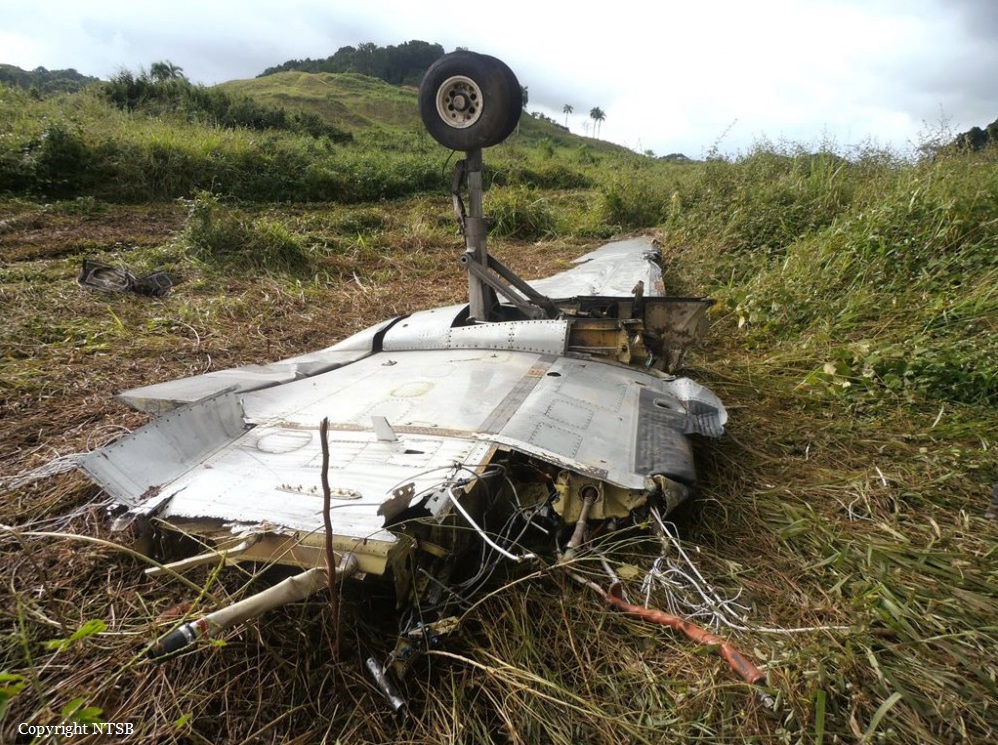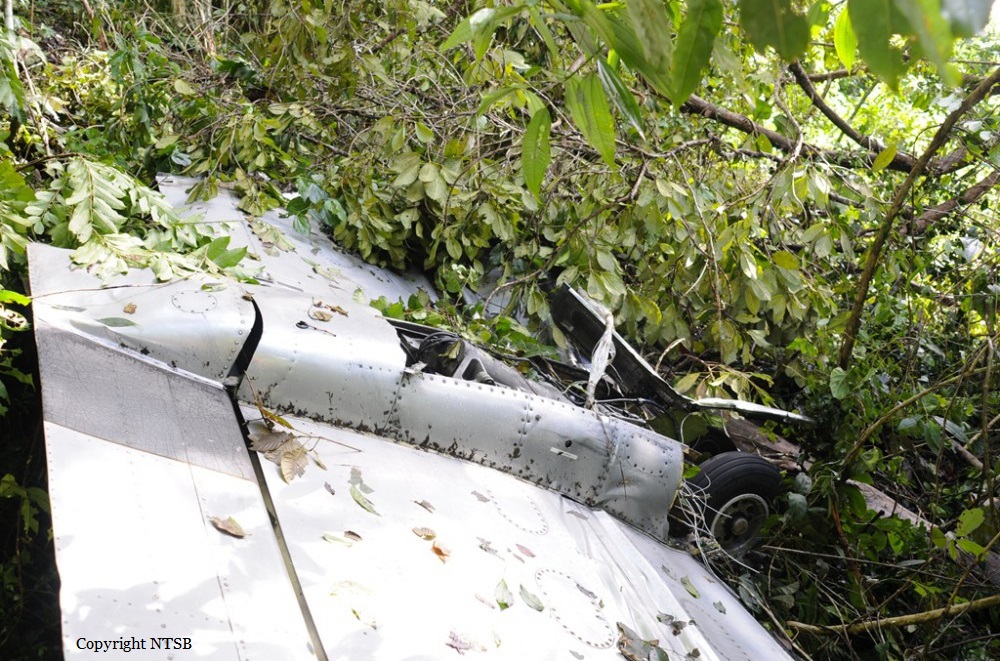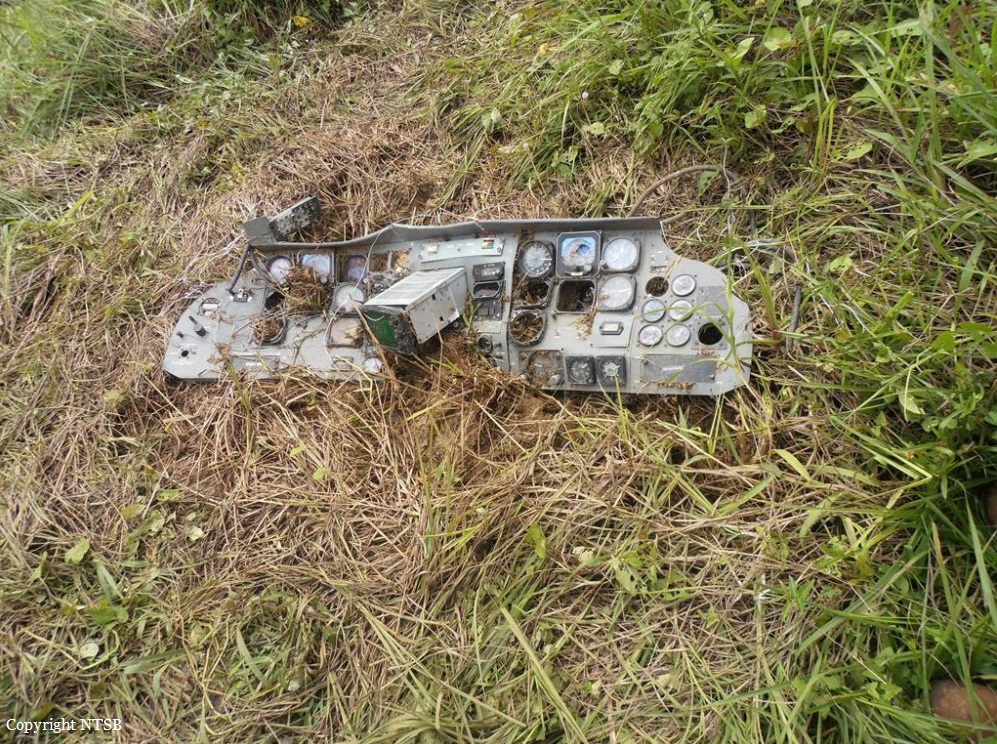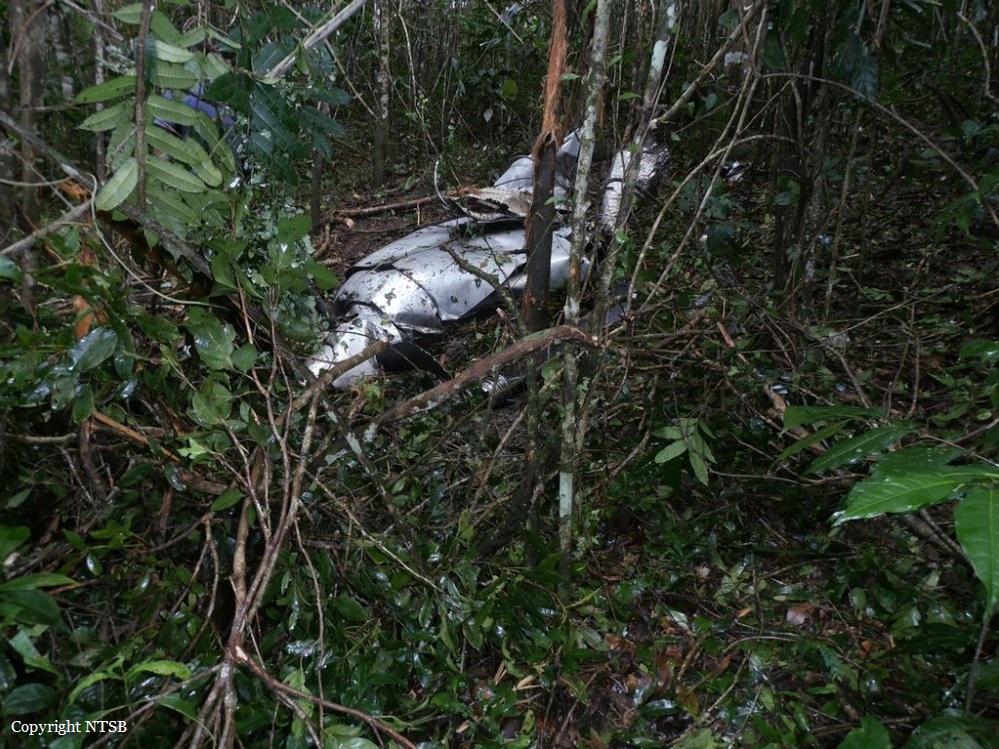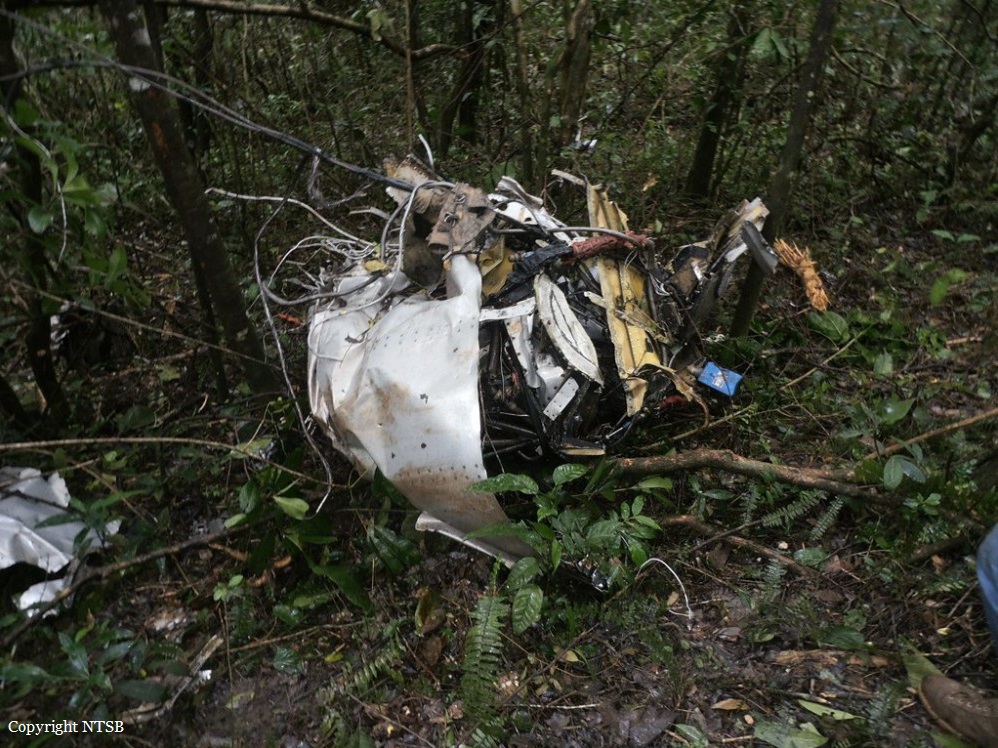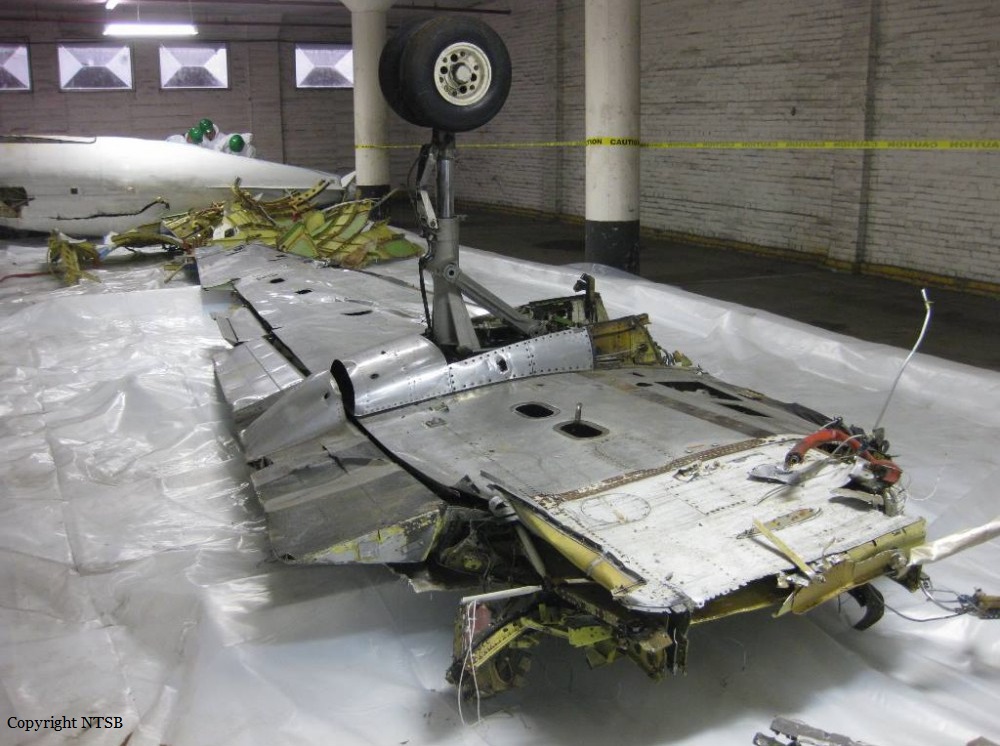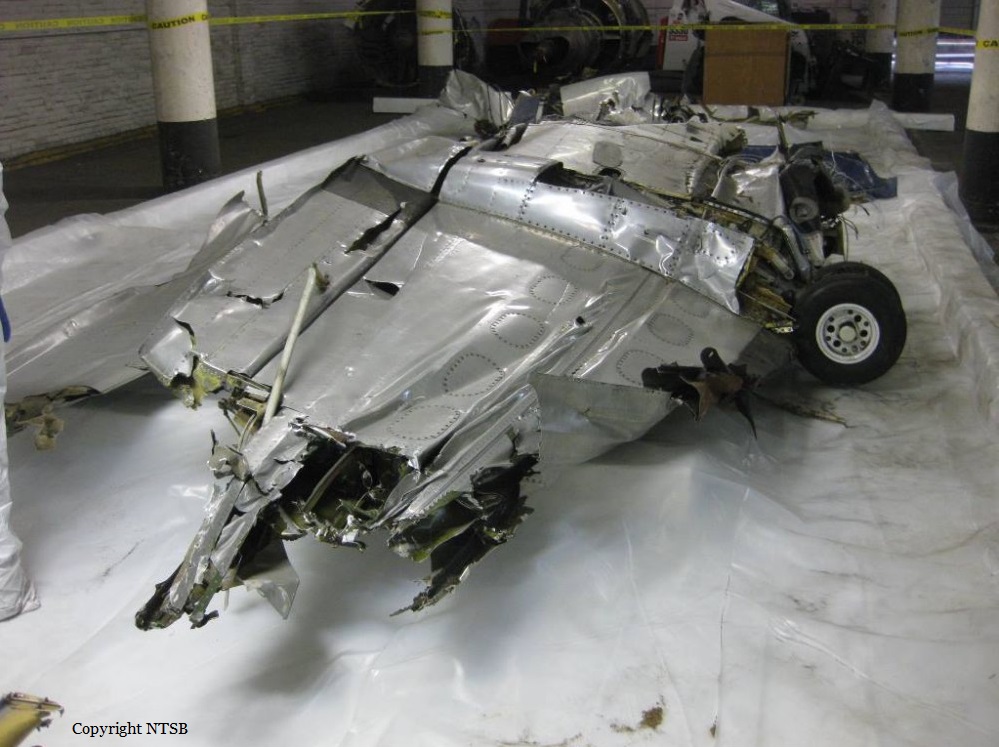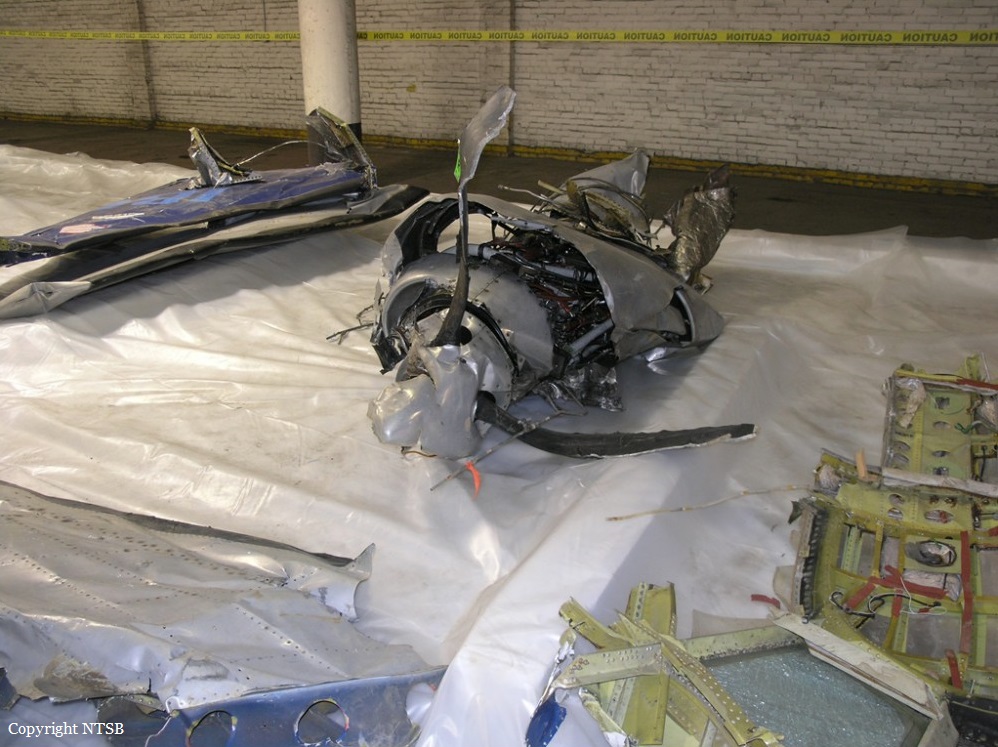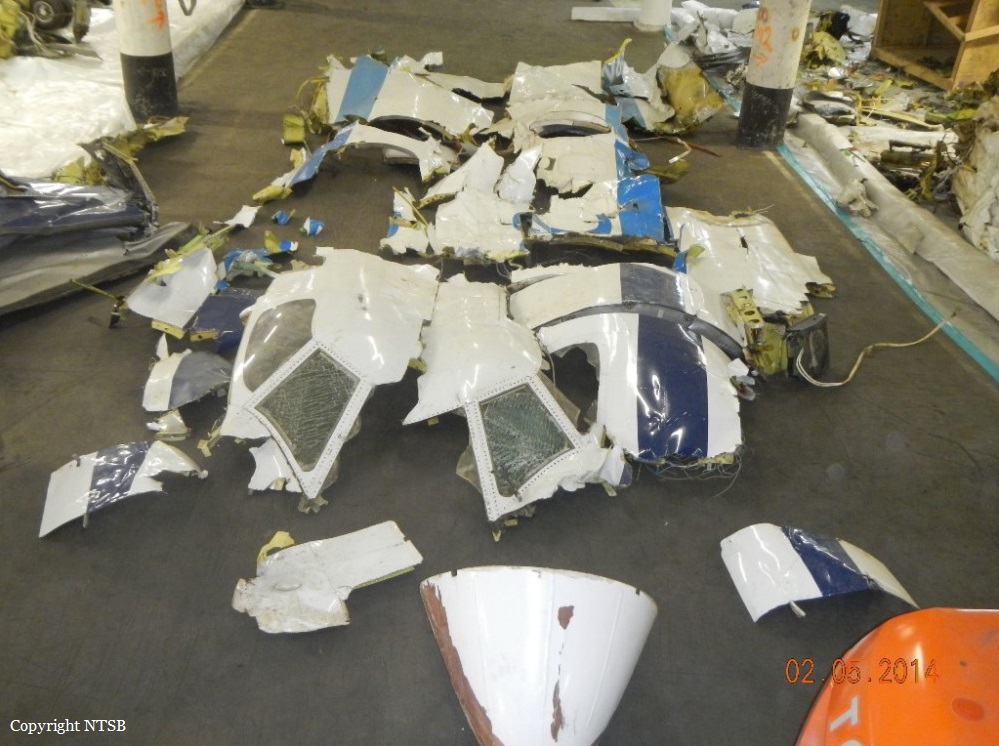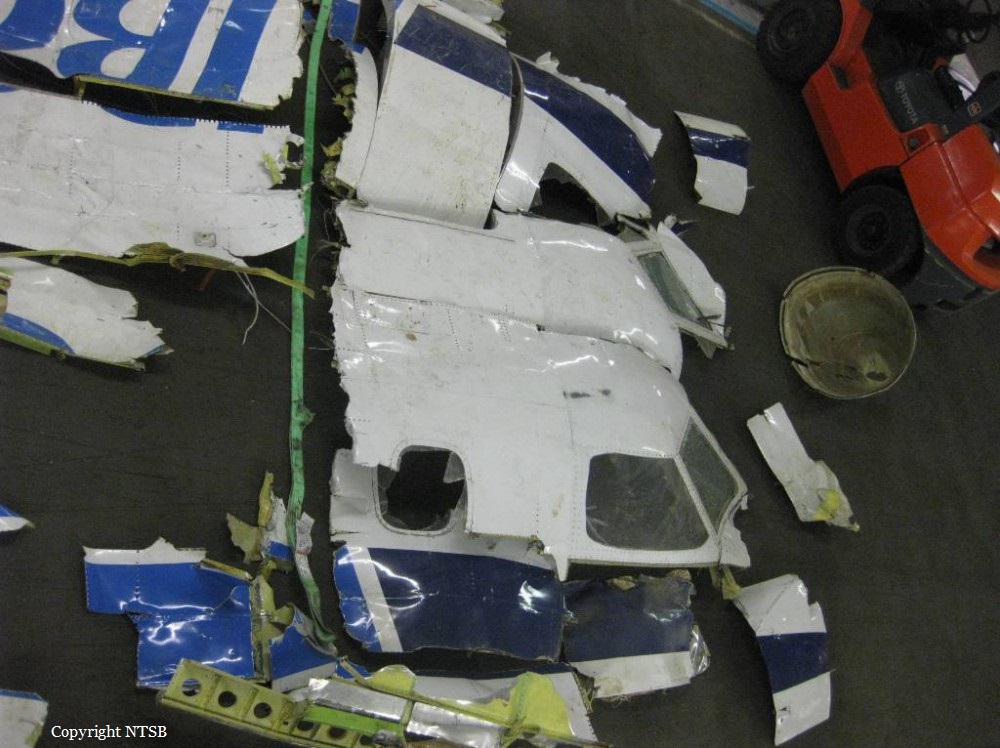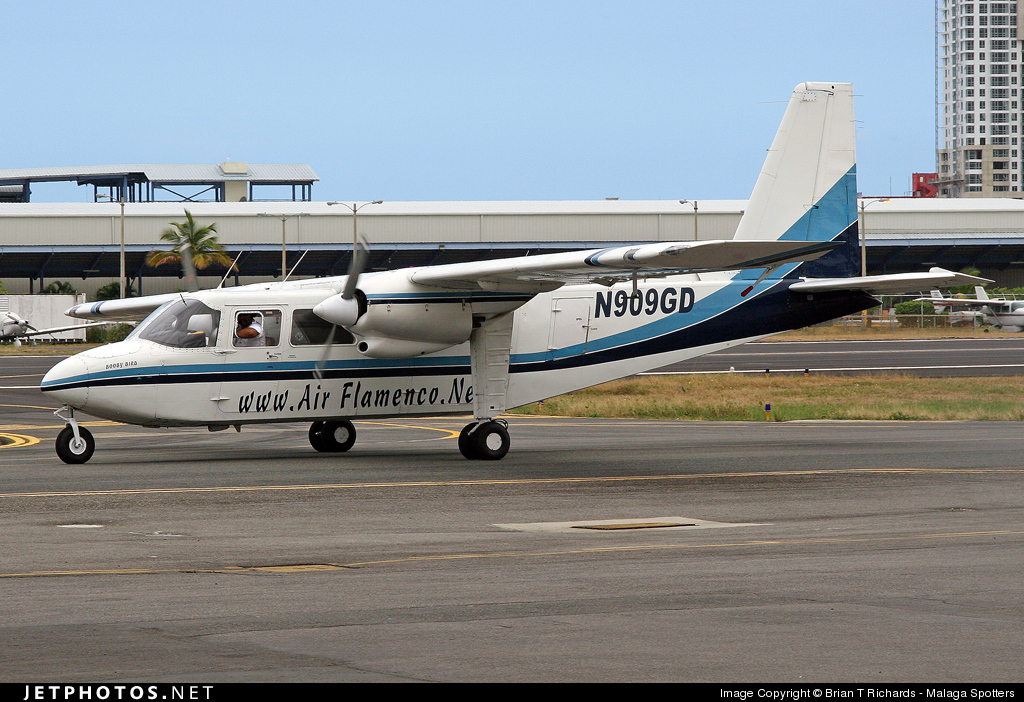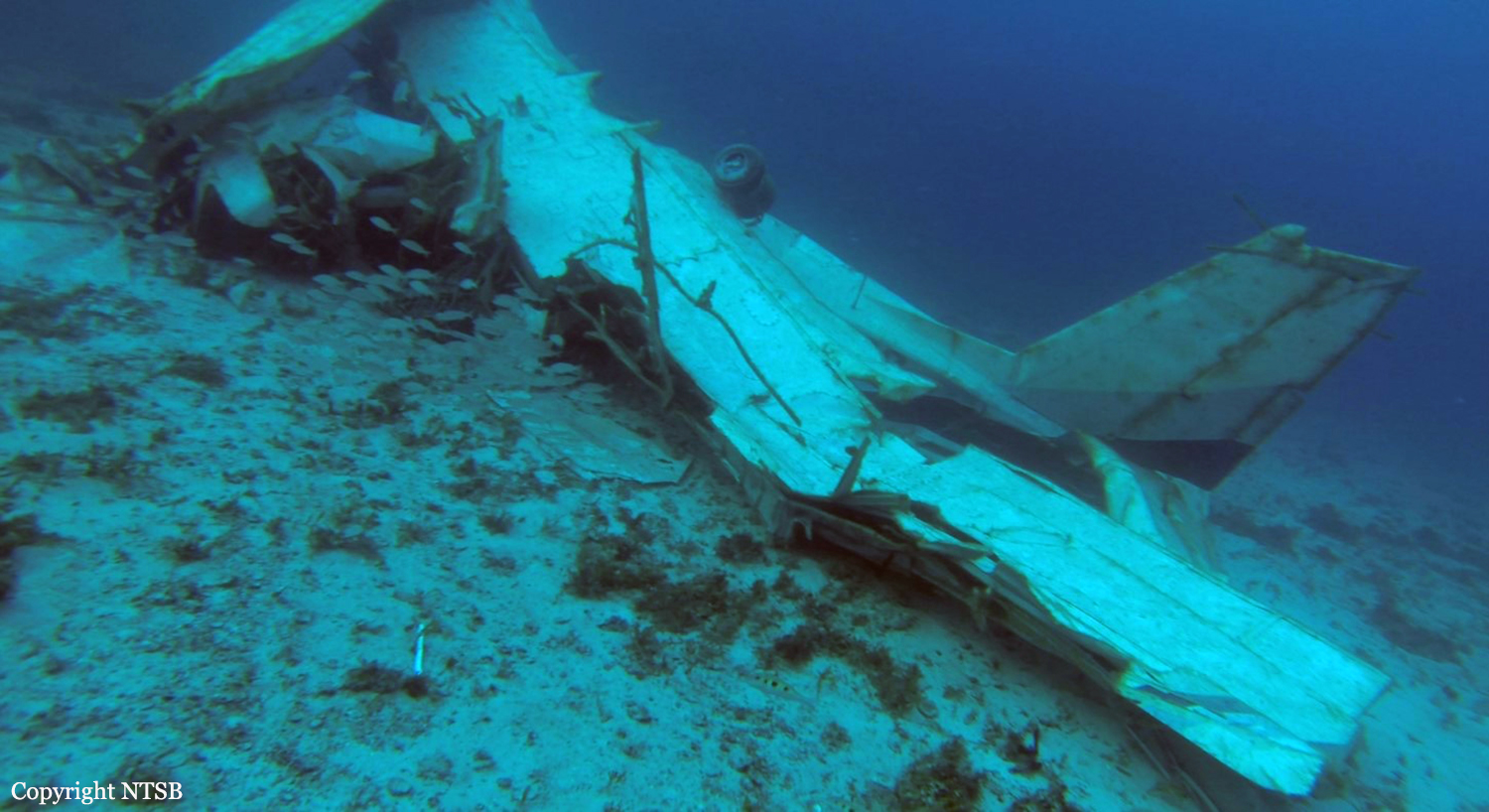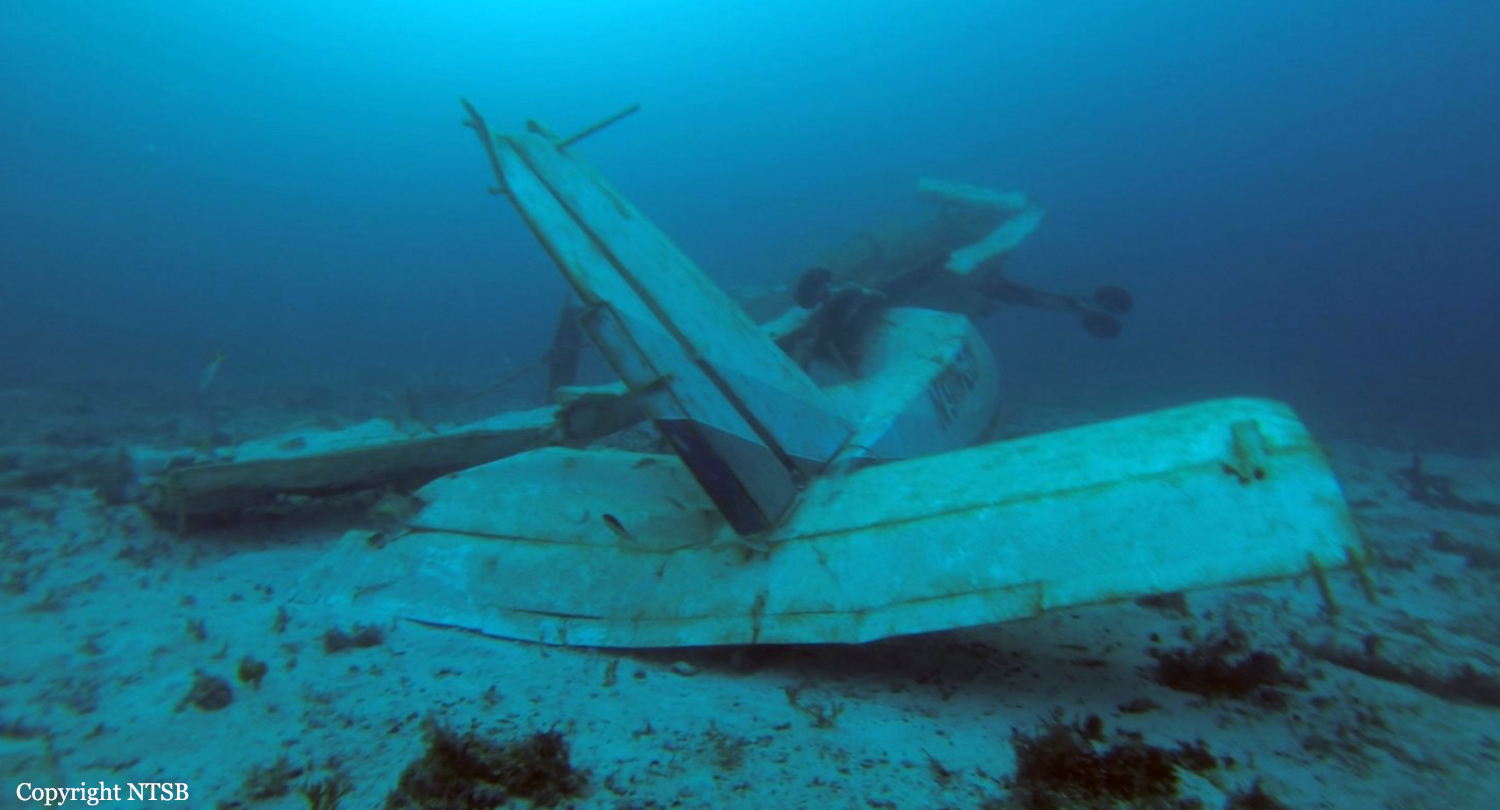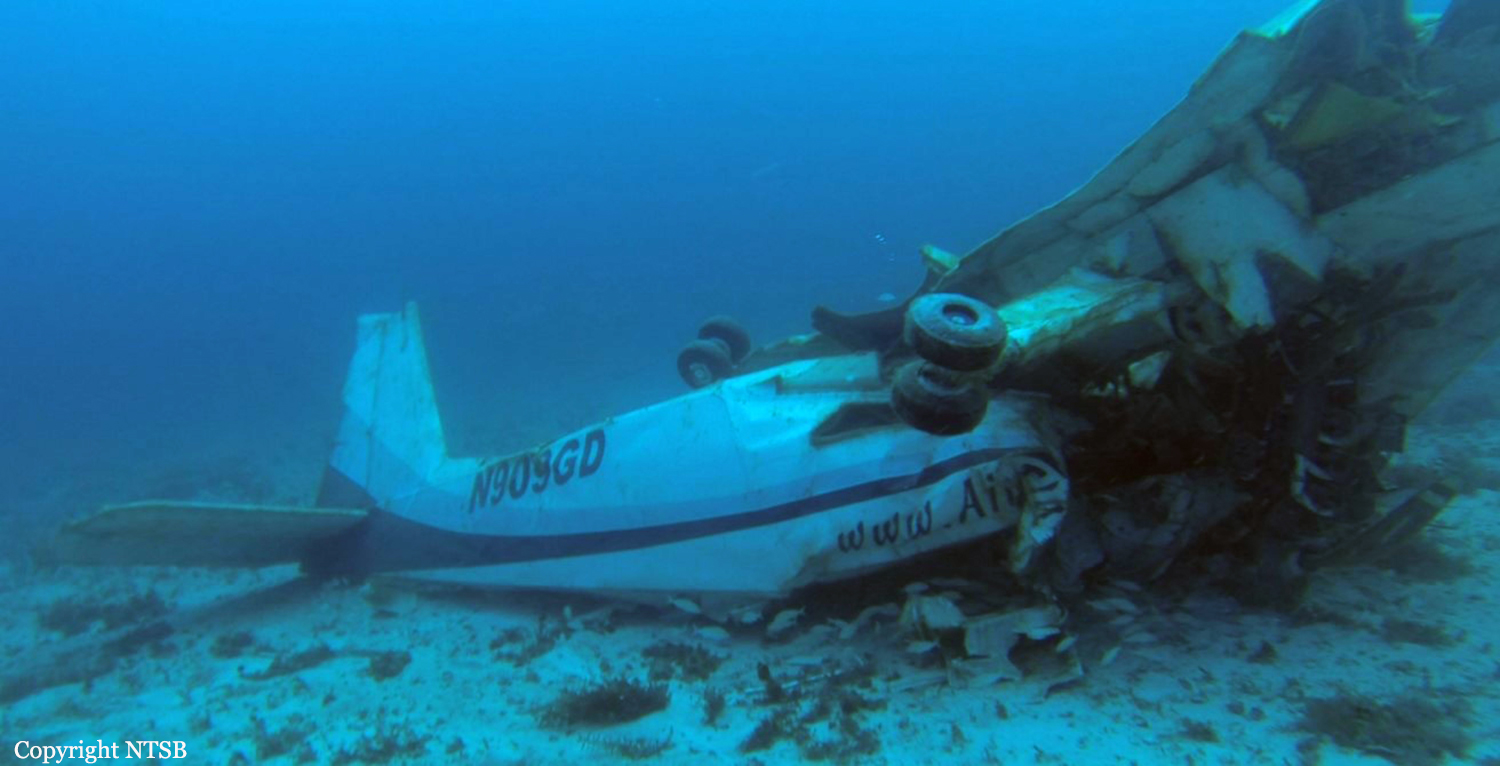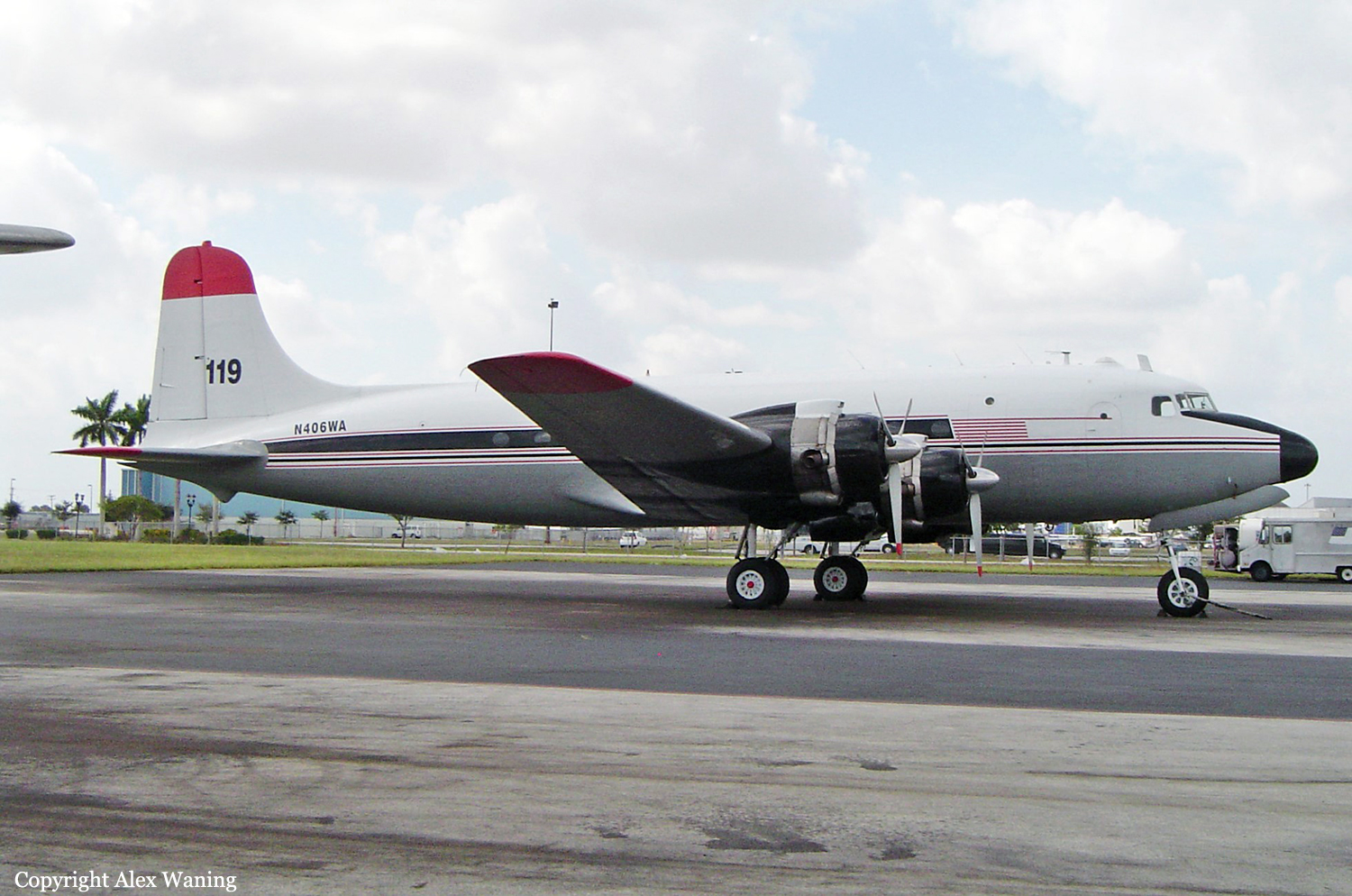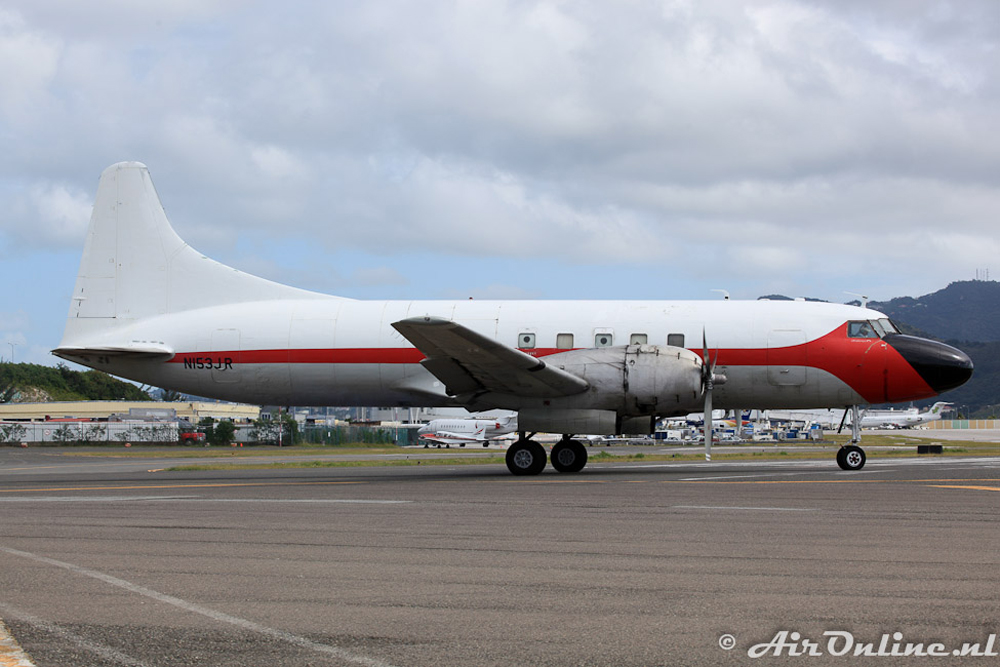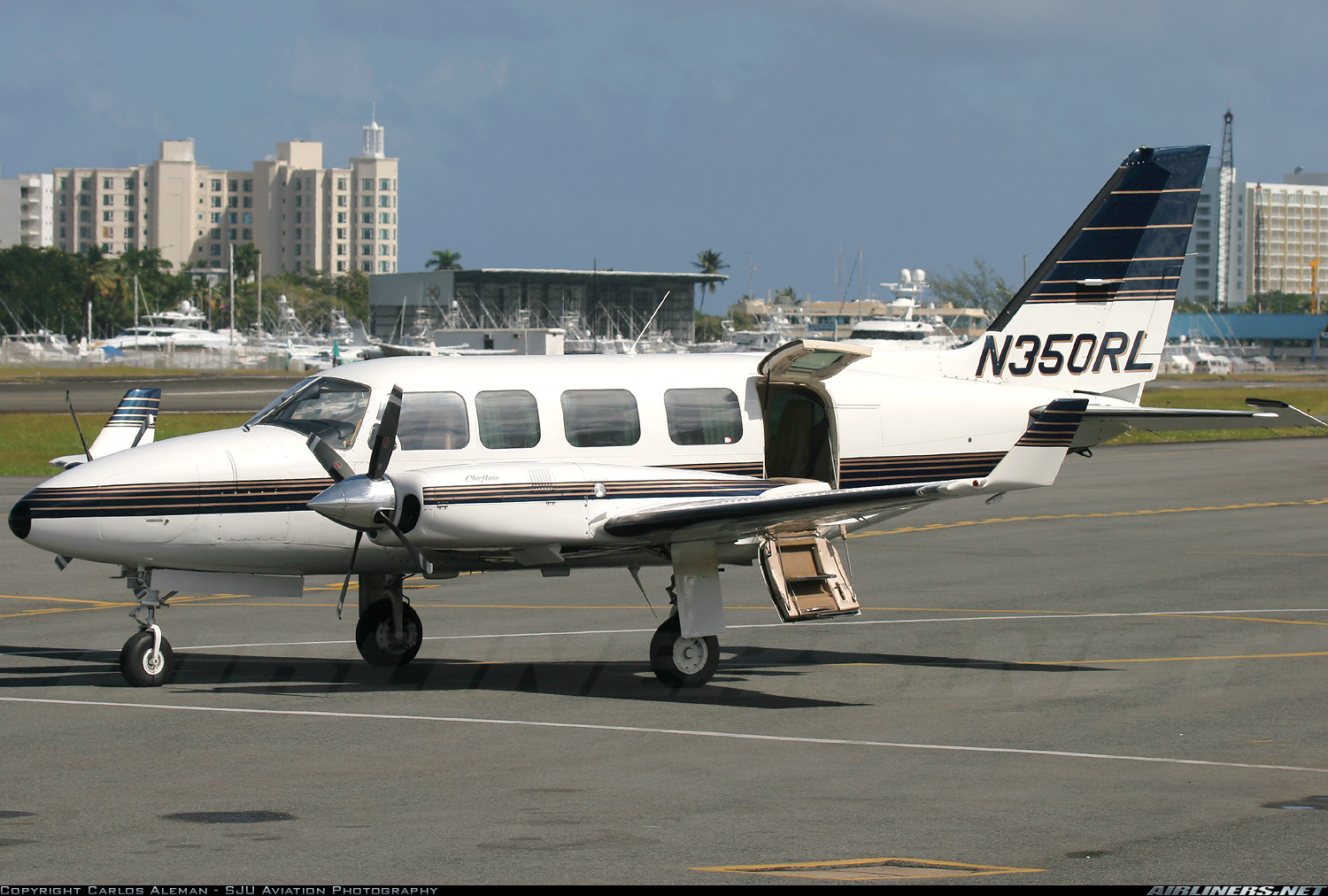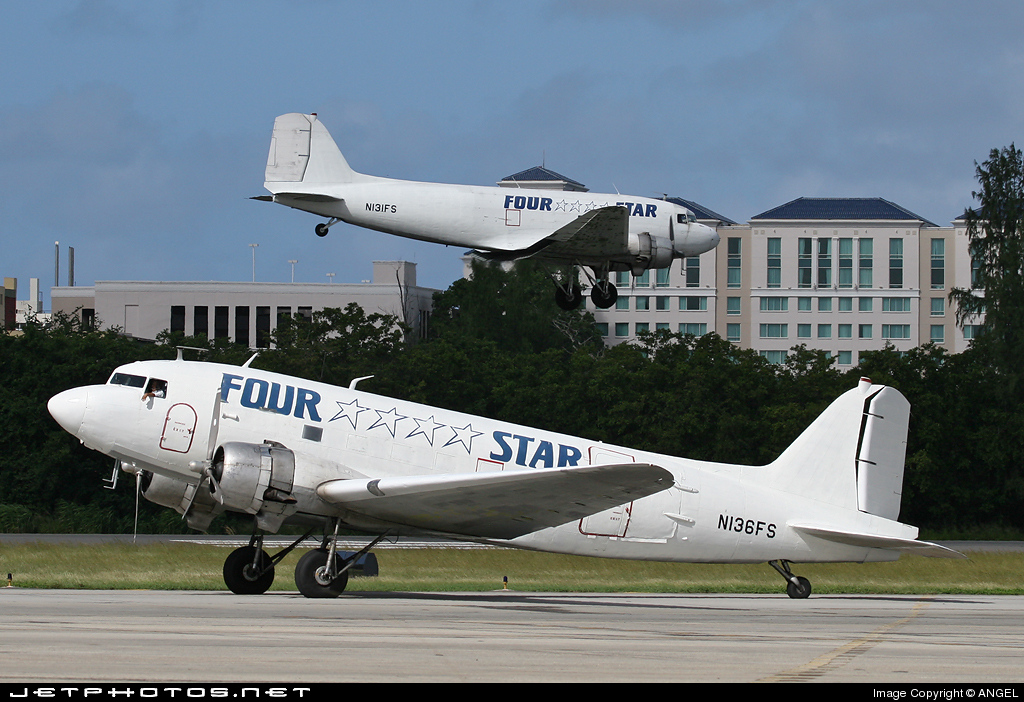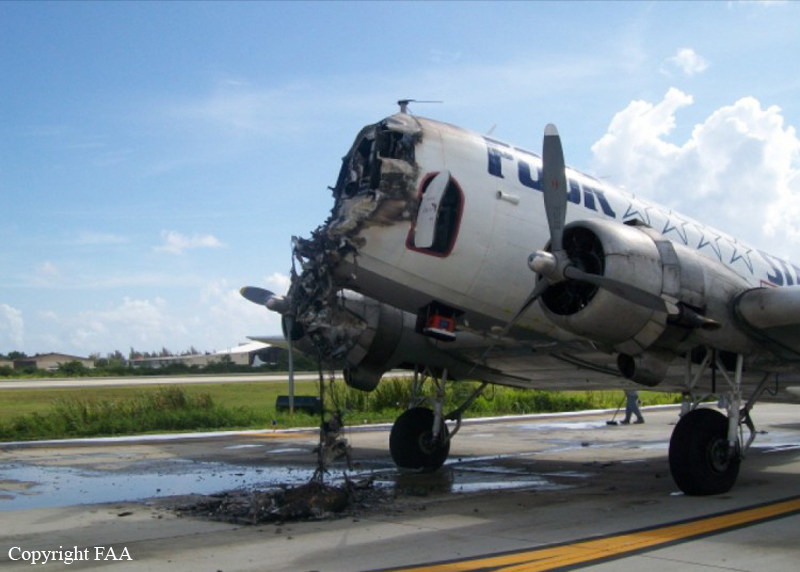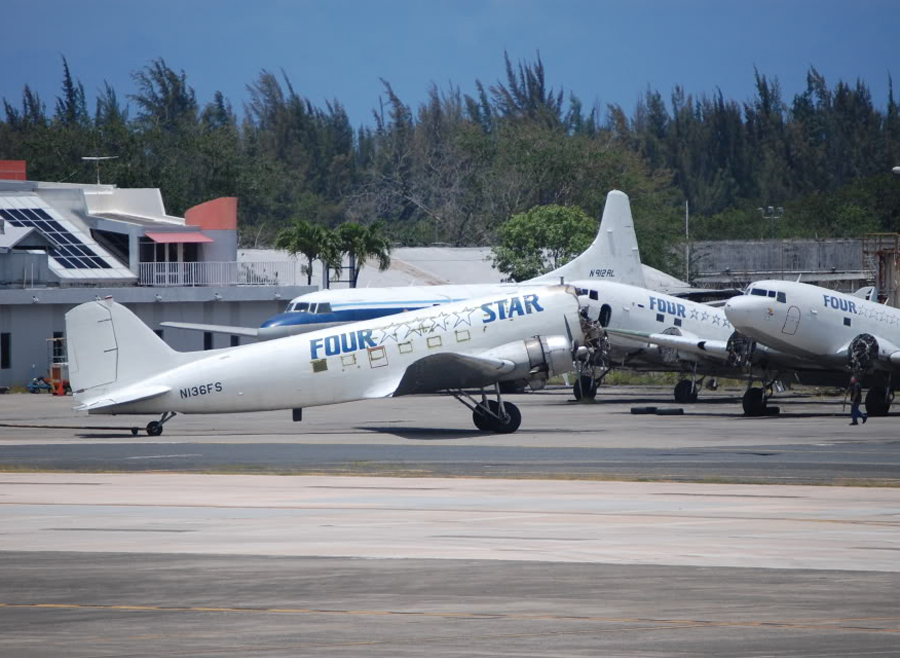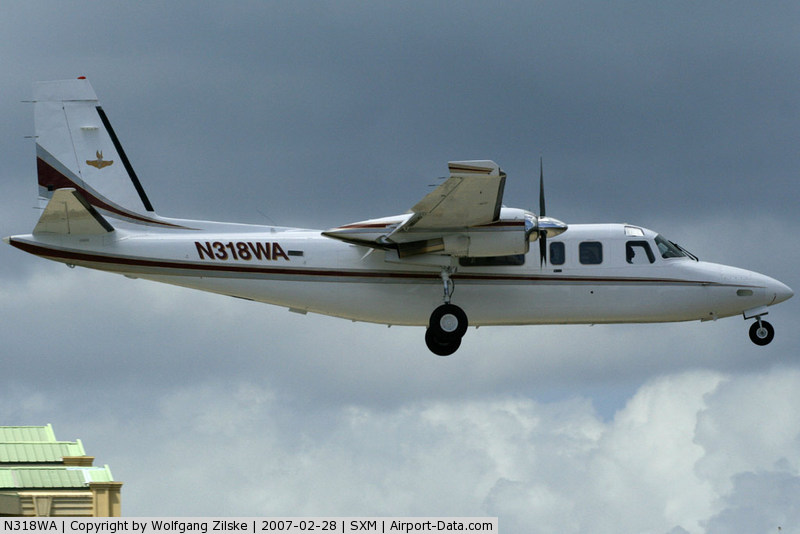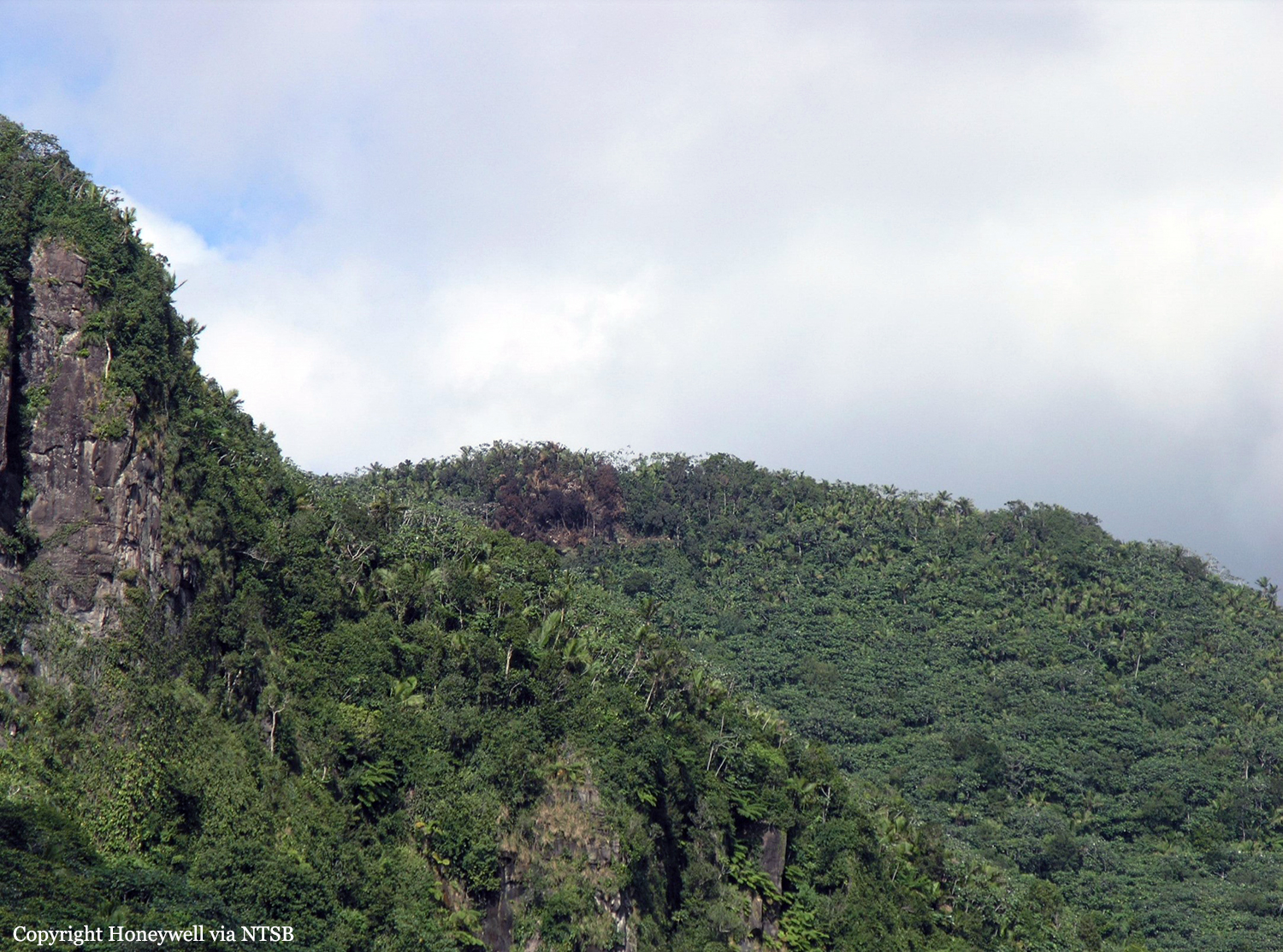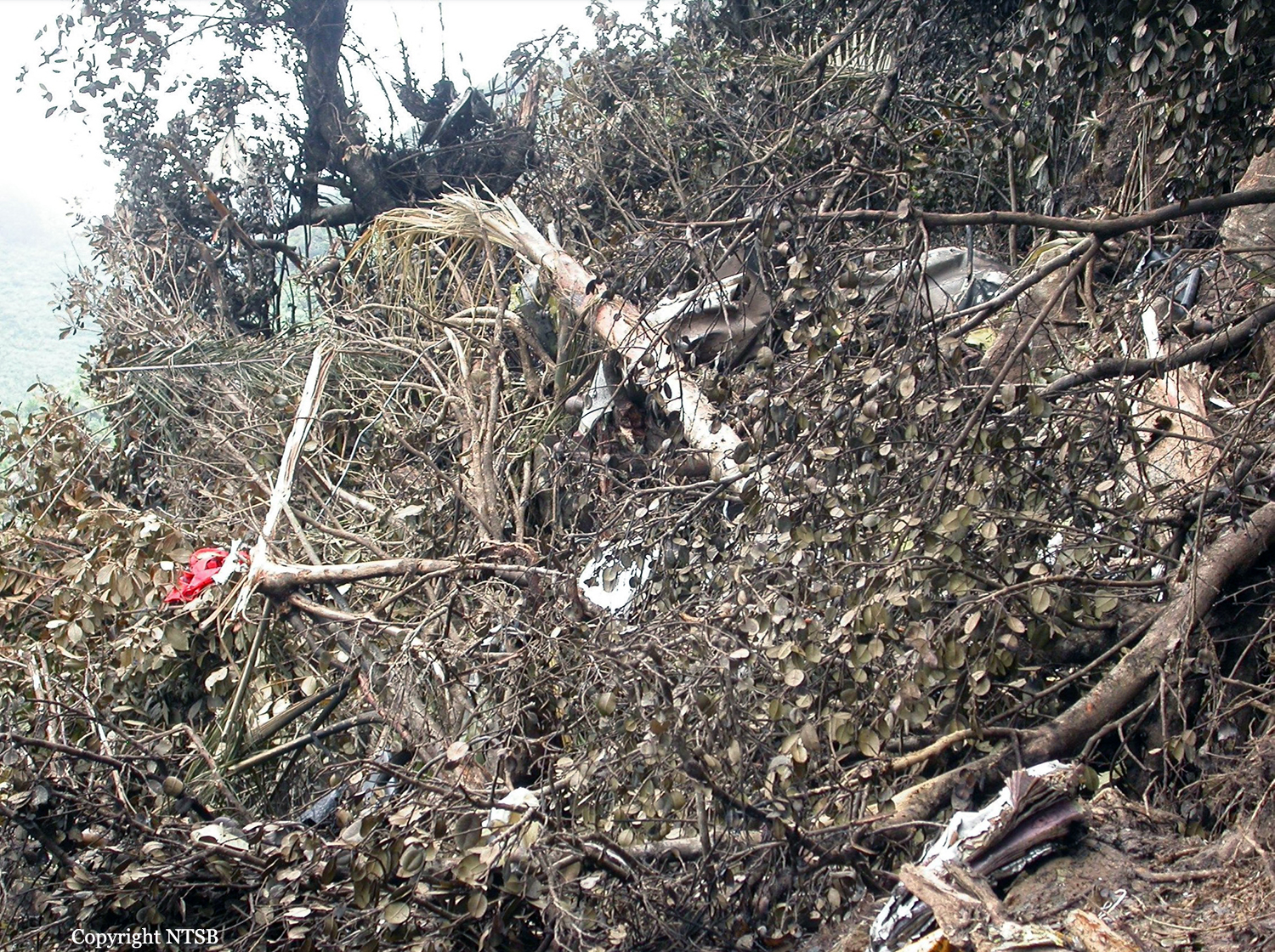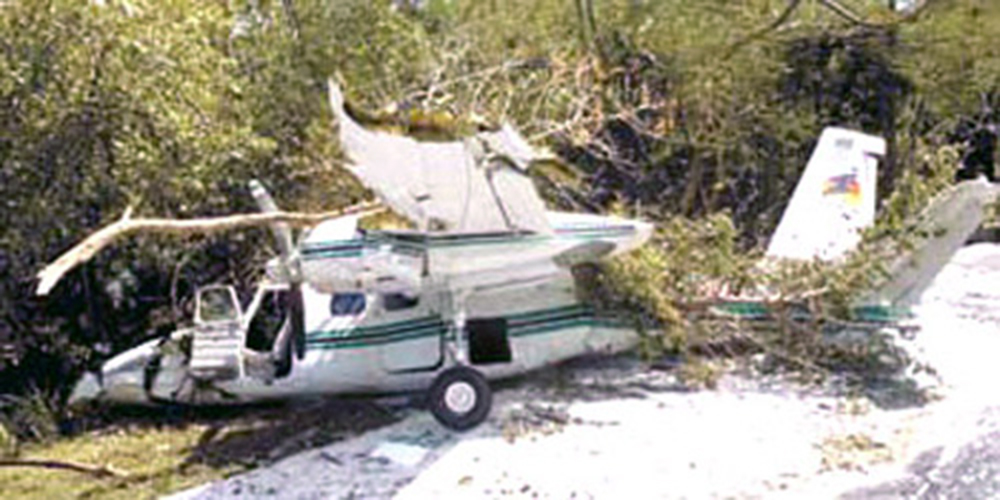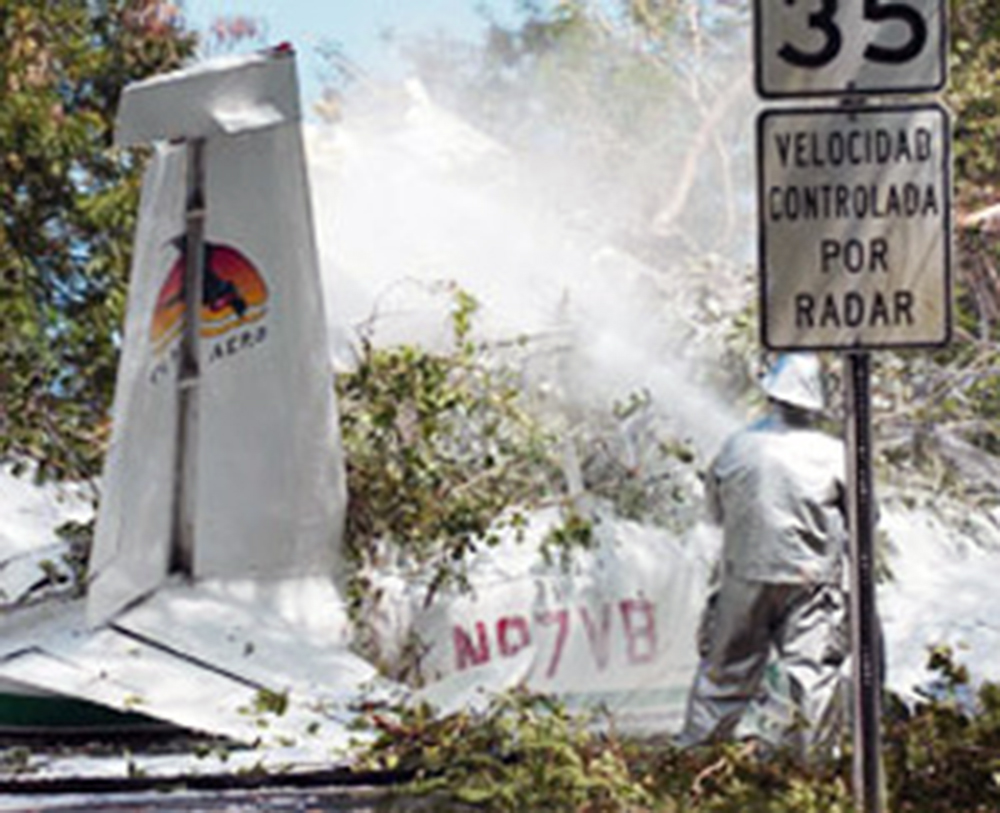Crash of a Britten-Norman BN-2A-9 Islander in Culebra
Date & Time:
Feb 15, 2022 at 0955 LT
Registration:
N821RR
Survivors:
Yes
Schedule:
San Juan - Culebra
MSN:
338
YOM:
1973
Crew on board:
2
Crew fatalities:
Pax on board:
1
Pax fatalities:
Other fatalities:
Total fatalities:
0
Captain / Total hours on type:
0.00
Copilot / Total hours on type:
5000
Aircraft flight hours:
2864
Circumstances:
The pilot was receiving flight training as a new hire, and the accident occurred during his first flight in the airplane and the first landing. The pilot stated the approach was flown at the upper end of the allowable approach speed, and about 100 ft above the normal glidepath. During the landing, all three of the airplane’s landing gear touched down at the same time, the airplane immediately veered right, and continued off the right side of the runway. The airplane sustained substantial damage to the right-wing structure. The flight instructor chose an airport with a challenging approach that required a special training program prior to the first landing. The approach procedure requires a left 40° turn then rolling wings level just before touchdown. It is likely that the airplane’s descent rate during landing exceeded the airplane’s capability, which resulted in a hard landing and failure of the right-wing structure.
Probable cause:
The flight crew’s failure to arrest the descent rate during the non-standard approach, which resulted in a hard landing and failure of the right-wing structure. Contributing was the flight instructor’s selection of a challenging approach for initial training.
Final Report:
